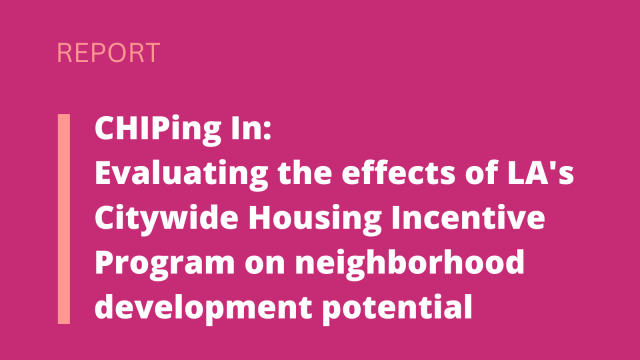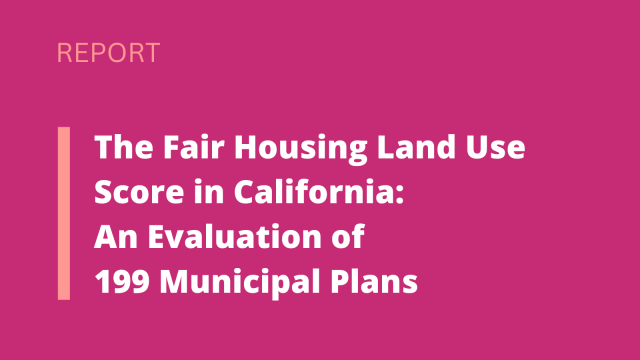Research Roundup: The Effect of Market-Rate Development on Neighborhood Rents
There’s a growing debate among housing advocates over the neighborhood-level impacts of market-rate housing development. On one side are those who think new market-rate units — unsubsidized homes whose price often places them beyond the reach of lower- and middle-income households — make nearby housing more affordable by increasing availability and relieving pressure on the existing housing stock. This is known as the “supply effect.” An opposing view, however, is that new housing only attracts more wealthy households, brings new amenities to the neighborhood (including the housing itself), and sends a signal to existing landlords that they should raise their rents. This “amenity effect” or “demand effect” thus makes housing less affordable.
This publication reviews recent research publications that have looked into the neighborhood-level impacts of market-rate housing.



